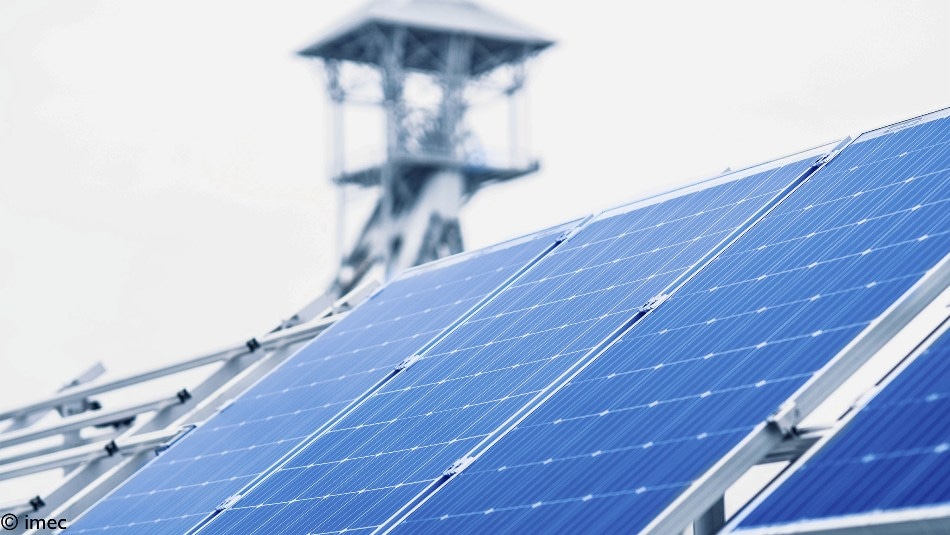Today imec, a world-leading research and innovation hub in nanoelectronics, energy and digital technologies and EnergyVille present a new simulation framework that can accurately calculate the energy yield of bifacial PV systems (also capturing reflected light from the ground). The high precision of the new simulation framework compared to existing approaches comes from the fact that the framework not only computes the energy yield of the individual cells and modules based on local and varying meteorological conditions, but also takes into account the double-sided illumination and the way it is influenced by module frames, system components’ geometry, and varying albedo. To enable implementation of advanced optical simulations (using ray-tracing) at system level, special care was also taken to optimize the computational flow: despite providing more detailed and accurate information, imec’s solution matches competitors in terms of speed.

Bifacial PV systems can annually generate 5 to 20 % more electricity than their traditional monofacial counterparts on little or no extra cost. Because of this benefit, bifacial PV installations are gaining market share. However, the limitations of the current simulation tools to precisely determine their expected energy yield could hinder further deployment.
While the existing commercial energy yield simulation tools and approaches used for the design of PV power plants have become more and more precise for standard monofacial silicon solar modules, their estimations for bifacial systems still include high error margins. Calculating the energy yield of bifacial solar modules is more challenging because energy generation from light received at the rear side depends on many variables that are hard to determine and may vary during the day, e.g. self-shading, plant geometry, mounting structure, ground albedo (= the percentage of sunlight reflected by the ground to the PV module’s rear side). Additionally, non-uniformity in rear illumination causes differing total energy generation at module level and consequently electrical mismatch losses at string level. This means that the string configuration also plays a role in the global solar power plant energy yield.
“The fact that we are working on a solution that can accurately predict the energy yield of both individual bifacial panels and entire systems is not only important from an R&D point of view, but we expect it will stimulate implementation of bifacial modules in the field, further reducing the price of green energy. Since current energy yield prediction tools for bifacial technology are not so precise, investors do not have a good view of their return on investment, making them hesitant to take the step. We are currently in the final validation phase of our simulation framework. Once it will be fully available it will give PV plant developers more confidence of the achievable bifacial gain, hence allowing easier funding of bifacial power plants,” says Philip Pieters, business development director at imec/EnergyVille.
“An important achievement is that our tool will be capable of calculating the energy yield of an entire system, while maintaining a low error margin of < 5% (daily RMSE) even in complex scenarios and at high speed of calculation. The impact of technological and system configuration details on the non-uniformity at the rear side of the modules has a surprisingly important effect and can trigger major losses up to 40% due to mismatch between modules, hence we pursue the further development of our simulations combining a physics-based approach with high performance computing techniques. Our final goal is to calculate with high precision the bifacial gain at module, string and system level and enable a multi-objective and automated PV power plant design tool on the longer-term.” says Eszter Voroshazi, R&D manager of PV modules and systems at imec/EnergyVille.
Imec’s new simulation framework has already been validated at module level at EnergyVille, a collaboration between the Flemish research institutes KU Leuven, VITO, imec and UHasselt in the field of sustainable energy and intelligent energy systems, and in collaboration with Kuwait University. Now the framework is ready to be validated on large scale installations in real-life conditions and in different climates across the world.
“As the grid is changing and renewable energy’s share in the global energy production is increasing fast, accurate estimations and simulations of energy yield will become ever more important,” says Philip Pieters, business development director at imec/EnergyVille.